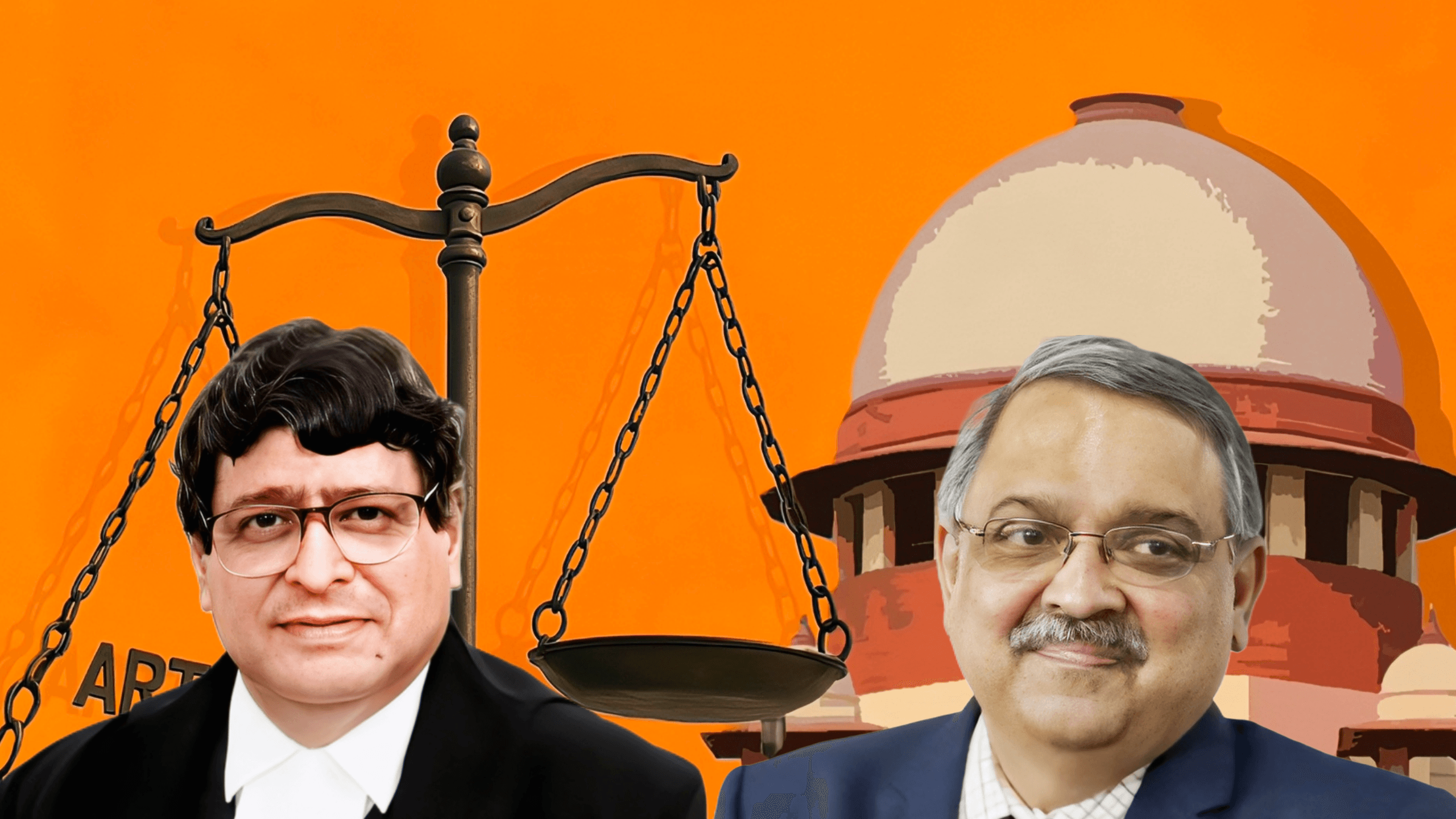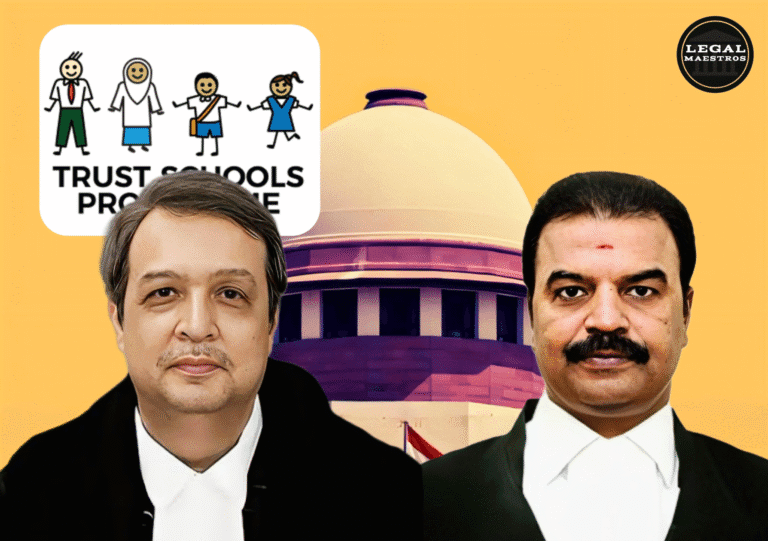
In the case of Reliance General Insurance Company Ltd. vs. Swati Sharma and Others, the Supreme Court examined the legal question of contributory responsibility in a motor accident that resulted in the death of a motorcyclist.
The accident was caused by a motor vehicle. In this particular case, which encompassed fundamental concepts of civil responsibility, insurance law, and evidence standards, it was reinforced that it is necessary to guarantee that accident victims and their families be provided with justice.
A Concise Review of the Situation
A tragic traffic accident that involved a collision between a vehicle and a motorbike gave rise to the case that is being discussed here. The motorbike rider passed away at the scene of the accident, and his wife and mother submitted the claim petition in an effort to compensate them for their loss. In the beginning, the Motor Accident Claims Tribunal had determined that both the deceased biker and the truck driver were negligent, and they had assigned fifty percent of the responsibility to each of them. Because of this, the amount of compensation that was granted was decreased proportionally.
For any queries or to publish an article or post or advertisement on our platform, do call at +91 6377460764 or email us at contact@legalmaestros.com.
Both the insurance company and the claimants filed an appeal with the High Court because they were dissatisfied with this decision.
Reversing the decision of the Tribunal, the High Court found that the truck driver was exclusively liable for the accident, which resulted in an increase in the amount of compensation. This verdict was contested by the insurance company in front of the Supreme Court through the use of a Special Leave Petition.
Principal Arguments
The legal representative for the insurance firm argued that the decision made by the High Court was not accurate. They stressed that the truck driver (RW1) and the investigating police officer (RW3) both supplied evidence that indicated carelessness on the side of the person who had passed away.
For any queries or to publish an article or post or advertisement on our platform, do call at +91 6377460764 or email us at contact@legalmaestros.com.
The testimony of RW1 indicated that the collision was purely the result of the recklessness of the cyclist, but the testimony of RW3 supported the concept of contributory responsibility based on the position of the cars.
On the other side, the lawyers for the claimants backed the decision made by the High Court. They did so by relying on the charge sheet that was submitted against the truck driver as well as the consistent testimony of the eyewitness (PW3), who was a friend of the deceased and an independent observer of the occurrence.
Evidence Evaluation Conducted by the Supreme Court
In-depth consideration was given to the testimony by the Supreme Court. The truck driver said that he was wrongfully implicated due to the fact that he was driving a larger vehicle. He also asserted that he fled the scene in order to avoid being attacked by any furious mob that could have been present.
For any queries or to publish an article or post or advertisement on our platform, do call at +91 6377460764 or email us at contact@legalmaestros.com.
The fact that he did not immediately report the accident to the authorities was, however, something that he accepted.
During the course of the cross-examination, the Investigating Officer (RW3) conceded that it was possible that the locations of the vehicles had shifted by the time he got at the site. More crucially, despite the fact that he asserted that there was contributory fault, he had only filed a charge sheet against the truck driver.
In response to the questioning, he provided an explanation by indicating that the motorcyclist had passed away, which meant that the charge sheet could only be filed against the one who had survived. This explanation was deemed by the court to be either insufficiently compelling or conflicting.
For any queries or to publish an article or post or advertisement on our platform, do call at +91 6377460764 or email us at contact@legalmaestros.com.
On the other hand, the third witness (PW3) made it abundantly evident that the vehicle was driven in a reckless manner and on the incorrect side of the road. In addition, he testified that both motorcycles were traveling at a conventional pace, and that the vehicle did not come to a halt after the incident.
One piece of evidence that supported this assertion was the fact that the truck driver had departed the scene.
The remarks made by the truck driver, which were made for their own benefit, as well as the contradictions in the testimony of the investigating officer were thrown out by the Supreme Court because it judged this testimony to be believable and also compatible with the documentary evidence.
For any queries or to publish an article or post or advertisement on our platform, do call at +91 6377460764 or email us at contact@legalmaestros.com.
The Most Important Legal Concerns
With regard to the law, the most important question that needed to be answered was whether or not the deceased person could be held liable for contributory negligence on the basis of the evidence that was presented.
In the context of the legal principle known as contributory negligence, it is necessary to determine if the injured person also had a part in the accident and whether this should result in a reduction in the amount of compensation awarded.
Furthermore, the Court reaffirmed that contributory negligence cannot be imputed simply due to the fact that two cars collided; rather, it must be demonstrated by evidence that is both straightforward and persuasive.
For any queries or to publish an article or post or advertisement on our platform, do call at +91 6377460764 or email us at contact@legalmaestros.com.
In this particular instance, the only reliable evidence was the statement provided by the eyewitness, which revealed that the truck driver was solely responsible for the accident.
When it came to the trustworthiness of witness evidence, another basic issue was addressed. In its decision, the court stressed the importance of conducting a more thorough investigation into the evidence of interested parties, such as the truck driver.
Additionally, the report of the inquiry needs to ensure that it is consistent within itself. In this instance, the credibility of the defense was reduced due to the fact that the written charge sheet and the oral remarks made by the police officer were in direct opposition to one another.
For any queries or to publish an article or post or advertisement on our platform, do call at +91 6377460764 or email us at contact@legalmaestros.com.
Conclusions and Observations
The verdict of the High Court was maintained in its entirety by the Court. Ultimately, it came to the conclusion that the charge of contributory negligence was not supported by any evidence. The whole responsibility for the accident was thereby placed on the truck driver, as well as, by extension, the owner of the vehicle and the insurance.
It was determined by the Supreme Court that the High Court’s decision to increase the compensation was not flawed in any way. However, because the insurer had merely contested the issue of carelessness, it did not expressly re-examine the amount that had been paid out.
A further point that was reinforced by the Court was that according to insurance law, the insurer is obligated to compensate the insured (the owner of the vehicle) in the event that the insured is deemed vicariously accountable for the carelessness of his driver.
For any queries or to publish an article or post or advertisement on our platform, do call at +91 6377460764 or email us at contact@legalmaestros.com.
Instructions for the Distribution of Compensation
Last but not least, the Supreme Court issued an order that the claimants should be given interest on the compensation sum that was placed in the court. Following the submission of account details, any leftover balance amount was also to be paid to the claimants via RTGS within a period of one month.
In the context of claims involving motor vehicle accidents, this ruling highlights the significance of trustworthy evidence. In a decision that was correct, the Supreme Court gave consistent eyewitness testimony more weight than remarks made by interested parties that contradicted this testimony.
The verdict not only protects the rights of accident victims and their families, but it also serves as a warning to insurance companies and the courts that carelessness cannot be casually assigned to the deceased without substantial proof.
For any queries or to publish an article or post or advertisement on our platform, do call at +91 6377460764 or email us at contact@legalmaestros.com.
Additionally, the case establishes a major precedent in the interpretation of vicarious responsibility and contributory negligence, particularly in situations involving catastrophic accidents.
Before refusing to provide full compensation to mourning families, it sets the appropriate weight of proof on defendants, requiring them to show evidence that is trustworthy and consistent.




![Research Assistantship @ Sahibnoor Singh Sindhu, [Remote; Stipend of Rs. 7.5k; Dec 2025 & Jan 2026]: Apply by Nov 14, 2025!](https://legalmaestros.com/wp-content/uploads/2025/11/Gemini_Generated_Image_s0k4u6s0k4u6s0k4-768x707.png)
![Karanjawala & Co Hiring Freshers for Legal Counsel [Immediate Joining; Full Time Position in Delhi]: Apply Now!](https://legalmaestros.com/wp-content/uploads/2025/11/Gemini_Generated_Image_52f8mg52f8mg52f8-768x711.png)
![Part-Time Legal Associate / Legal Intern @ Juris at Work [Remote]: Apply Now!](https://legalmaestros.com/wp-content/uploads/2025/11/ChatGPT-Image-Nov-12-2025-08_08_41-PM-768x768.png)
![JOB POST: Legal Content Manager at Lawctopus [3-7 Years PQE; Salary Upto Rs. 70k; Remote]: Rolling Applications!](https://legalmaestros.com/wp-content/uploads/2025/11/ChatGPT-Image-Nov-12-2025-08_01_56-PM-768x768.png)